 |
| Oliver (in the middle) Joins the Big Dogs at the Park for a Group Greeting |
I have a toy poodle that is about 7 years old. She is prissy and fearful of bigger dogs. Our neighborhood is like dog central. Mostly larger dogs but a few small ones like Chihuahuas and a Boston Terrier, plus a few crosses or rescued mutts. When I walk Muffin she is always interested in visiting other small dogs. She’s not playful but she does sniff and sort of say hello in a doggy way. Sometimes she will even stop to see a medium-sized dog like one cocker that lives around the corner. But when we see a bigger dog she will snap and growl if we get too close. I have to avoid these dogs and their owners so that Muffin doesn’t get herself into trouble. I don’t want her to get hurt. Is there a way to help her understand when a larger dog is friendly and ok to say hello to? I don’t know how to help her with this. Any tips you have would be appreciated.
Thank you, Janet
-----------------------------------------------------------------------------------
Dear Janet,
My heart really goes out to your little
poodle. Life is complicated, so full of unknowns. I can really empathize. It’s
hard to know who is safe and who is a threat. Why is he looking at me like that? Is she up to no good? Can I trust
that one? While our brains are asking and processing all these questions,
our emotions (think gut level) are sorting through memories and trying to fill
in gaps where memories are lacking. We need to know how to handle every
potential social interaction, and antisocial threat for that matter, and we
sometimes only have seconds to figure it all out. It’s hard. And we are humans,
supposedly the smartest animals on the planet.
Now
scale all that down to your prissy little poodle (we really shouldn’t call her
that, it’s not nice). But seriously, what’s a dog to think? She’s little. The
big dogs, they’re really big (could be 5-10 time her size). And, who knows how
the big dogs roll on any given day. One wrong choice can be fatal. For real.
Better to be safe than sorry, right? Maybe that’s what she’s thinking.
But no
one wants to live in fear. We can all agree on that. And you want to help,
which is nice. And I want to help
you, too. So, let’s sort this out.
Have your dog’s back. If you needed help with a tough situation, what
would you want. An advocate maybe? Someone looking out for your best interests?
A coach, perhaps? Exactly. Having your dog’s back includes two things. 1)
Teaching her what do to at any given moment. I literally like to teach my dogs
to look to me for instructions (like a friend asks for advice) when they are
unsure of a situation. Don’t bite, don’t bark, check in with me. As you progress
you can teach more advanced skills, like how to interact, sniff and otherwise
greet dogs on a loose leash. The second part of having your dog’s back 2)
Protect her from situations she’s not ready to handle yet. We humans are always
in such a hurry. Hurry up prissy (seriously, no name calling) and get over it
already. Well, let me tell you, that doesn’t work. If your dog looks unsure,
steer her away from the big guys and gals. There’s no shame in that. Every
growl-snap blow-up solidifies her fear and sets back your training
considerably. Take your time. Work smart.
Teach her that she is safe. If you use reinforcement-based training to
teach her how to handle herself when big dogs are around (look to you for
instructions etc.), you can actually help her learn that she’s not in any real
danger. A good qualified dog behavior consultant who understands desensitization and counter
conditioning can help with this. All your dog needs to know is that you will
protect her and that seeing big dogs means good things (not bad) are about to
happen. Specifically, she’s going to get treats for following your simple
instructions. Every encounter with a big dog comes with structure as well as
your praise and treats. It’s subtle, but this teaches your dog that she’s safe
(not in any real danger) when big dogs are around.
Support good choices. Let’s watch how this plays out. When you notice
your dog making good behavior choices (especially when she sees big dogs), be
there to support those choices. Praise her. Treat her. Smile and let her know
she’s being a brave girl. Here are some good dog choices to be on the lookout
for:
- Checking in with you on her own (not barking)
- Steering clear of the dog on her own (as you’ve shown her do to many times before)
- Approaching the other dog slowly on her own (don’t force this)
- Allowing the dog to sniff while she’s calm on a loose leash (your behavior coach can help you get to this level).
 |
| Oliver's Ears Tell the Story: He's on High Alert Here |
.jpg) |
| © used with permission from Robyn Arouty Photography |
Michael Baugh CDBC CPDT-KSA works with families with fearful and aggressive dogs in Houston, TX. He’s a regular contributor to allthingsdogblog.com, Chron.com and his own blog michaelbaugh.com















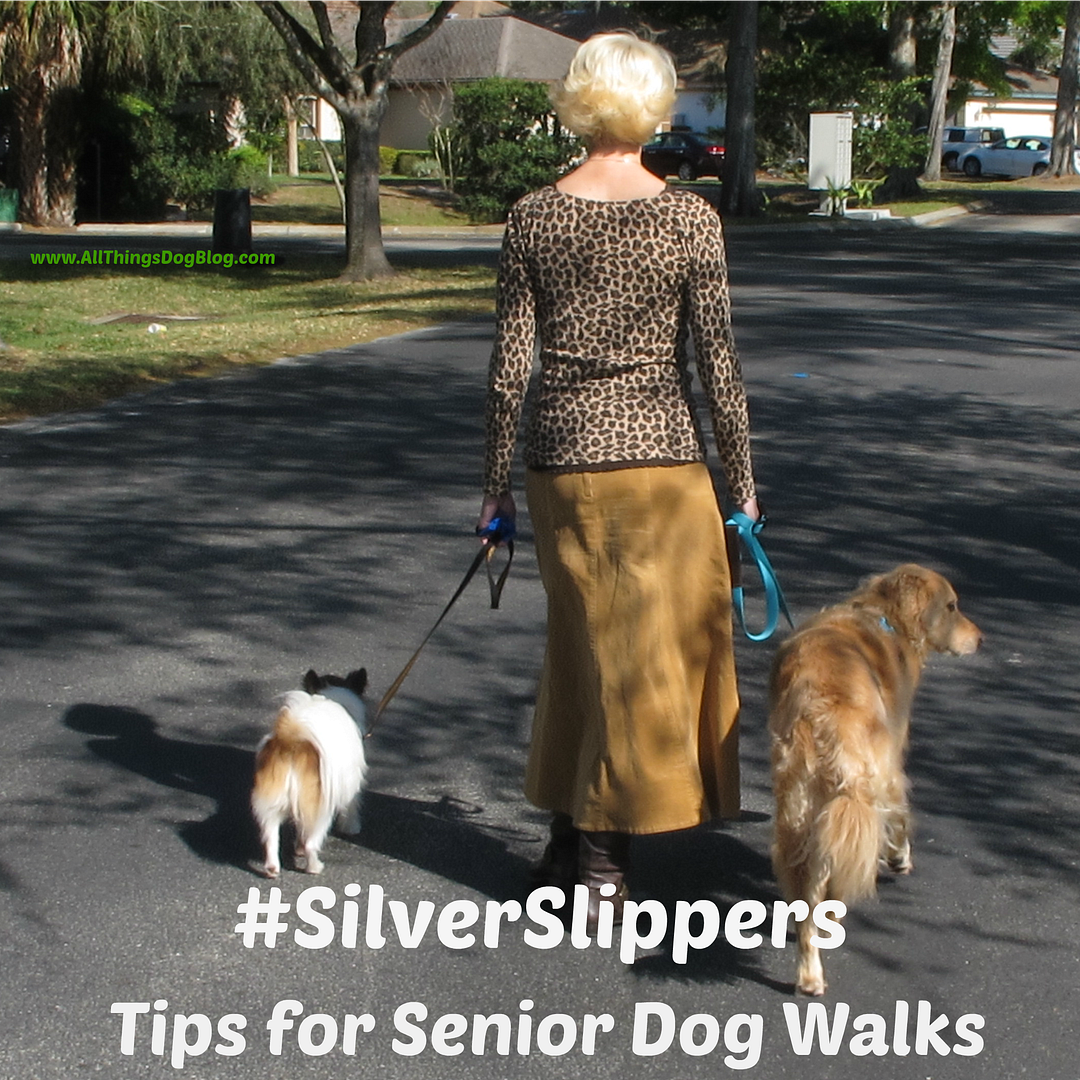





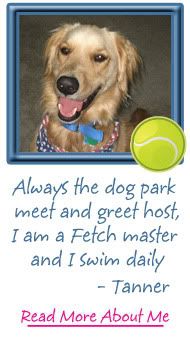
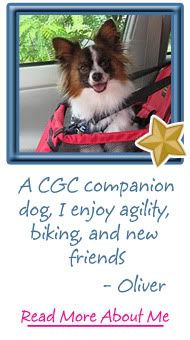
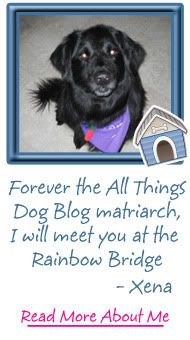




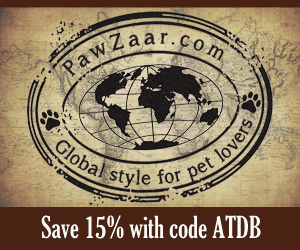
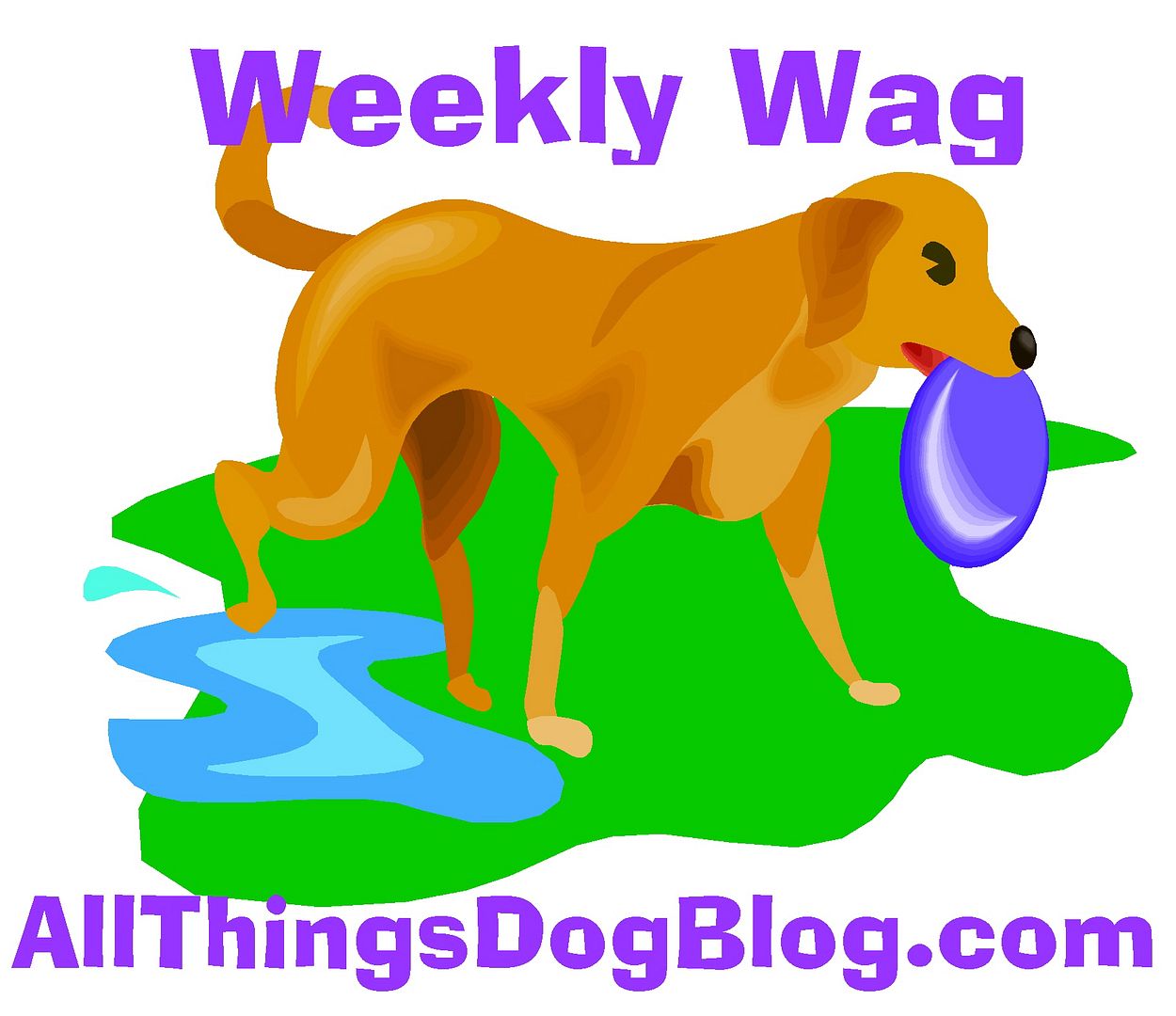



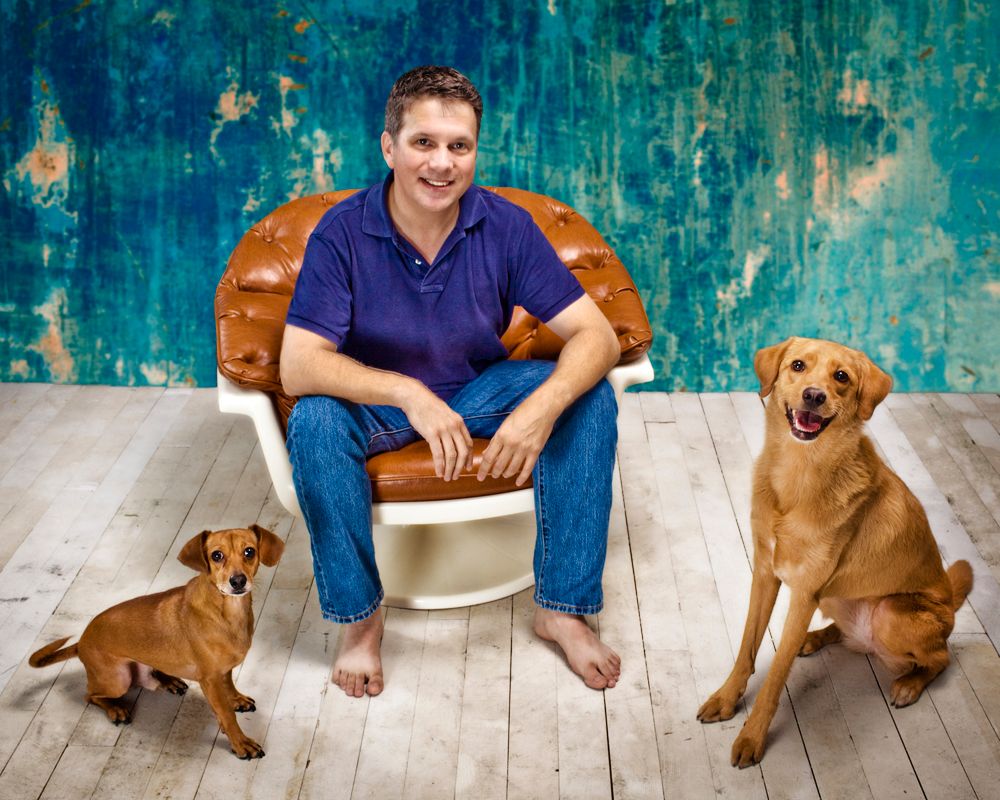


0 comments:
Post a Comment